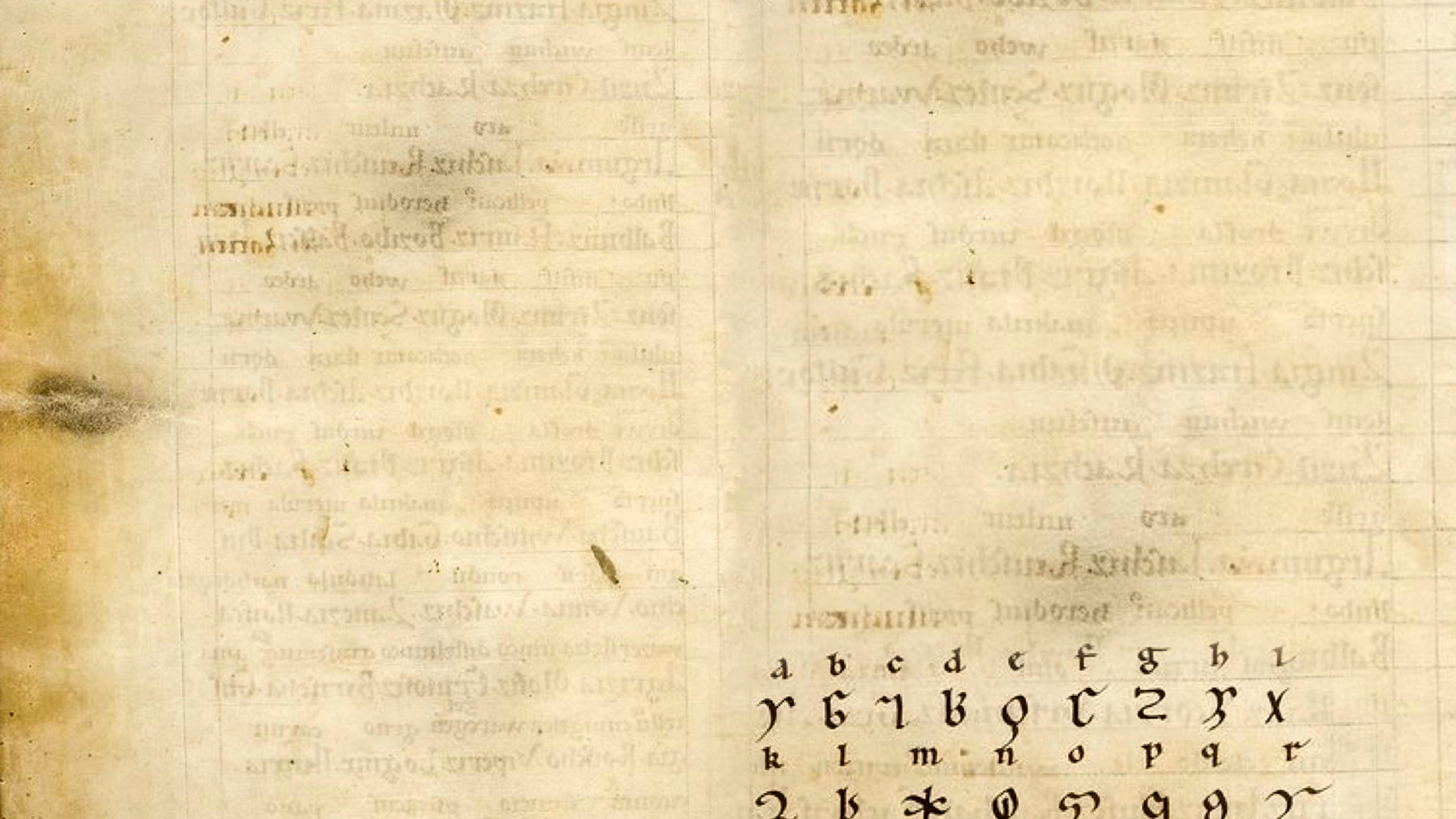 Thorn survived for ages. That kind of longevity in a dead letter deserves a eulogy. Ye, though Thorn has walked through the valley of the shadow of death it has surely found its way to the great abecedarium in the sky where it may abide in that illustrious dead letter office alongside its companions UI, IO, and EA. Dearest Thorn made it a long time, longer than most, and had a great run, bless its heart. Nettlesome old bastard. Kept showing up to things year after year with its barbed jokes and pointed comments, though it was a giant among letters and always welcome. Thorn, though our days be restlessly marked by the unmet cruelty of your loss, we take great consolation in knowing you sleep amongst the roses.
Thorn survived for ages. That kind of longevity in a dead letter deserves a eulogy. Ye, though Thorn has walked through the valley of the shadow of death it has surely found its way to the great abecedarium in the sky where it may abide in that illustrious dead letter office alongside its companions UI, IO, and EA. Dearest Thorn made it a long time, longer than most, and had a great run, bless its heart. Nettlesome old bastard. Kept showing up to things year after year with its barbed jokes and pointed comments, though it was a giant among letters and always welcome. Thorn, though our days be restlessly marked by the unmet cruelty of your loss, we take great consolation in knowing you sleep amongst the roses.
Though thorn is dead to us as a letter, the Icelandic language still uses it, so it’s really only mostly dead. There’s a big difference between mostly dead and all dead. Mostly dead is slightly alive. It is hard to kill a giant, which is what the thorn rune means in the other rune poems (Norwegian, Icelandic), but at least with a giant you can see it coming. You can’t help but see it coming, it’s a giant. The thorn? You’d better watch out for the thorn, keep your eyes open because a thorn will sneak attack when you least expect it, slash you to pieces when you’re not looking. So who’s dangerous now?
Monks in Old English speaking Britain, a thorn plagued place, were uniquely undangerous people. They were there to produce Latin texts, that was their whole thing. Besides their other whole thing. Writing was in service to their other whole thing: bookmaking was worship. Old English was the common language so they wrote that down too, phonetically, using Latin letters for Old English sounds. As you might imagine they were pretty efficient and thrifty, having taken vows of poverty, so they worked with the letters they had. They put no silent letters into their written Old English words, there would be no knead. Nor gnaw, pterodactyl, mnemonic. Those Ks Gs Ps and Ms bring nothing to this writing table, where all words are written as voiced. Thing was, there was no TH sound in Latin and no letter for it, so when writing in Old English they used what was at hand in the community: one of the runes makes a th sound. Step up thorn, it’s your time to shine! You’ll be put to work and have a long career.
Place your tongue right behind your top front teeth, maybe even just under the ridge of your teeth, not too hard! Don’t jam it right up there! You want to leave a little room for friction. Continuous friction if you like, you can make this sound for a long time. M can do it but try that with K, G, and P. Useless hangers on. Sticking on to places they don’t belong anymore. Still feeling prickly about it. No matter, let’s do this, let some air through. Th. This TH is spelled like this: θ. Thigh. Now add your voice, use your throat. Th. Spell this TH like this: ð. Thy. Thy thigh thwacks the thorn, thuck!
Carve a line straight up and down, rose stem. Now put a thorn on it, in the middle of one side. Watch how you grab that! Evil little sucker wants to cut you.



